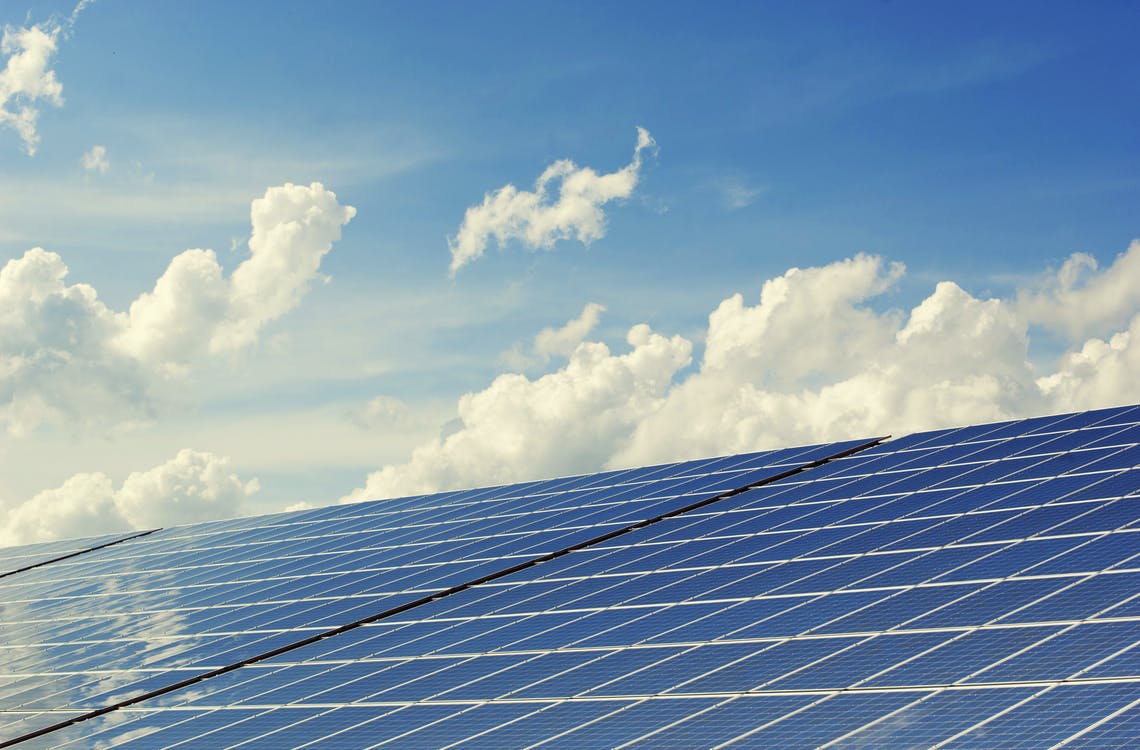Solar Buyback – Is it worth it?

Thomas Edison said “I’d put my money on the sun and solar energy… I hope we don’t have to wait until oil and coal run out before we tackle that.”
There are currently 1.5 million homes in the UK with solar power systems, putting Britain fourth in the European solar panel league. This may come as a surprise with the amount of rain we get, but solar panels do not actually need direct sunlight to work. The number of daylight hours is more important than intense sunlight.
Solar power systems have become very popular for a variety of reasons. The owners of a solar power system receive a fixed amount per unit of energy generated and they also receive an export tariff per unit, for energy exported to the National Grid (the feed-in tariff). On top of this there are of course large possible savings to be made on electricity bills.
Recently there has been a large rise in “solar buyback schemes” or “solar equity release”. Companies looking to profit from the feed in tariff over the next 20 years will offer a lump sum payment to the owners of solar power systems in exchange for receiving the income for the energy generated. The original feed in tariff (for those who signed up before August 2012) was very generous and so this is a highly desirable investment for buyback companies.
Whilst this may seem attractive on first glance, there are some potential pitfalls:
- Value for money – Your feed-in tariff contract can be a valuable asset. Good household solar systems could pay the owner £20,000 over the next 20 years. Some solar buyback firms are offering between £2000 – £5000. In almost all cases this will not represent good value for money.
Whilst access to funds may be very attractive and, in some cases, necessary, other sources of funds may be more financially sensible.
- A registered charge on the property via an “air-space lease” – This means that the solar buyback company have a restriction on the title of the property for the remaining term of the feed-in tariff. This means that the company have an interest in the property which is registered with the Land Registry.
Solar Buyback is something to be particularly mindful of if you are considering selling your property for the following reasons:
- A potential buyer may be put off by a charge on the property;
- The panels may restrict any extensions or modifications to the roof line;
- A mortgage lender may ask more questions slowing down the purchase, or even decline to offer a mortgage;
- A buyer may simply not like the look of the solar panels;
- Will the property owner retain responsibility for the maintenance and repairs of the solar panels;
- Who owns the solar panels during the period in which a company receives the feed in tariff;
- What happens to the solar panels at the end of the tariff.
It is also essential when considering a buyback that you yourself consult your mortgage lender.
If you are looking to buy a property it is equally important that you seek advice about any solar panels already installed on the property and how this may affect you.
If you are buying or selling a property then please contact our experienced Property Team here at David Gray who can help you through the process.



